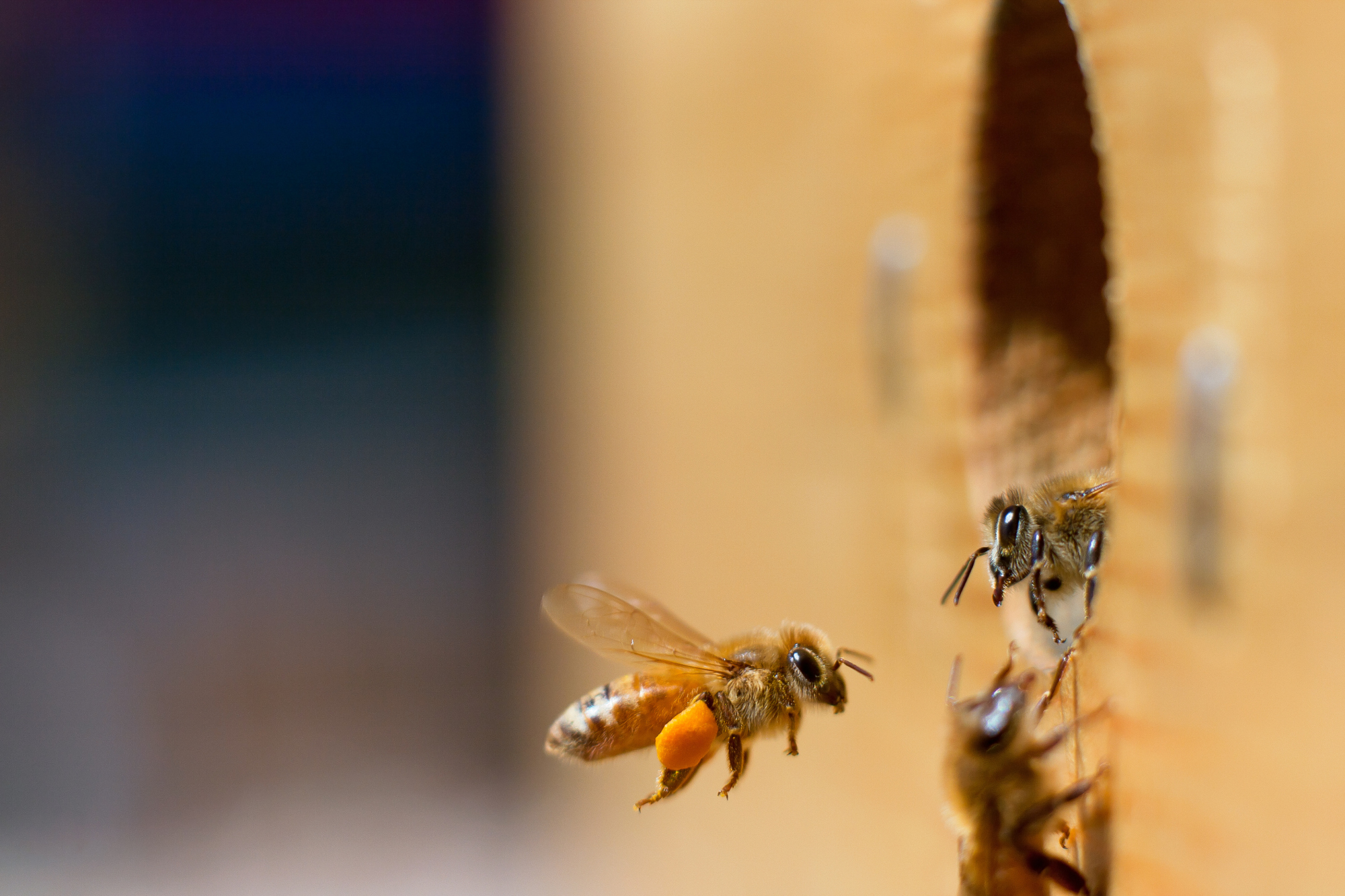The brain of a honeybee is tiny — the size of a pin head — and contains less than a million neurons, compared to the 85 billion in our own brains. Yet with that sliver of brain, bees can do some extraordinary things. They can count and interpret abstract patterns. Most famously, bees have the ability to communicate the location of flowers to other bees in the hive.
When a foraging bee has found a source of nectar and pollen, it can let others in the hive know by performing a peculiar figure-of-eight dance called the waggle dance. The information contained in the waggle dance was first decoded by Austrian biologist Karl von Frisch, who picked up a Nobel Prize for his discovery in 1973. The dance in itself is not as complex as true language, but it's remarkable in that it's a symbolic form of communication.
Recently, Hiroyuki Ai at Fukuoka University has made another breakthrough in our understanding of this extraordinary behavior, by investigating the neurons that allow bees to process the dance information. Bees get information from hearing the dance, as well as seeing it. During the dance, bees vibrate their abdomens as they run in a figure-of-eight pattern. These vibrations send out pulses that are picked up by an organ on the antennae called Johnston's organ. Johnston's organs are equivalent to our ears.

















With your current subscription plan you can comment on stories. However, before writing your first comment, please create a display name in the Profile section of your subscriber account page.